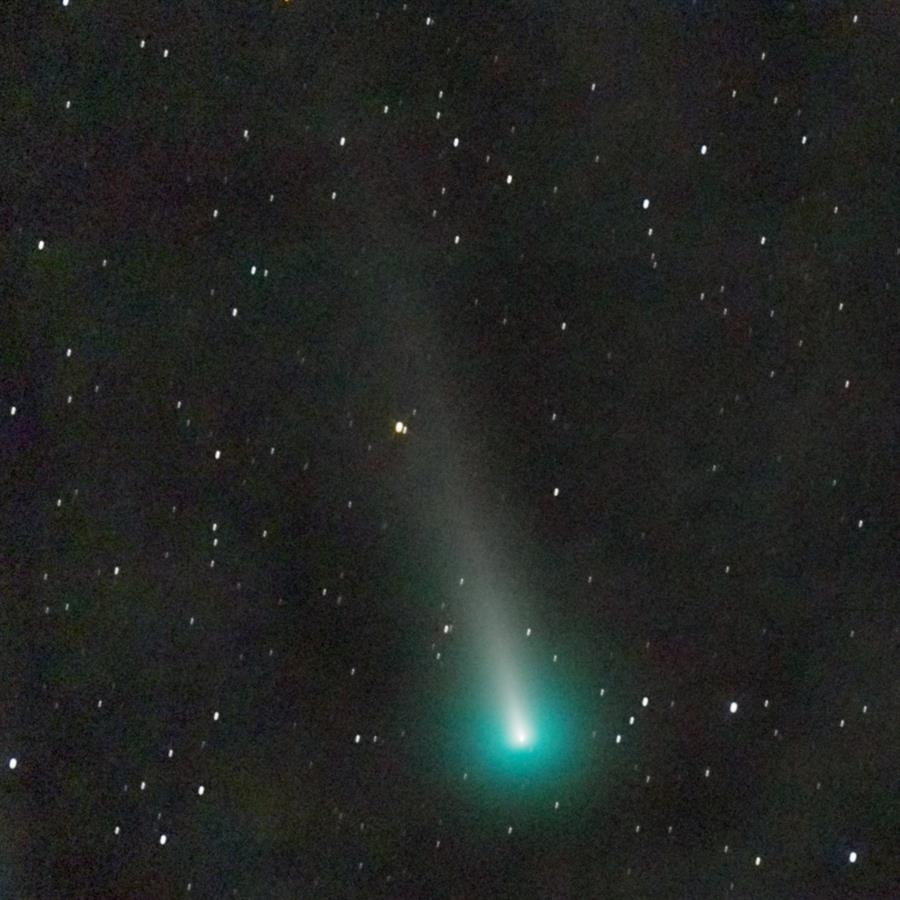
Peering into deep space and billions of years back in time, the James Webb telescope promises to offer the clearest glimpse yet of the Universe’s cosmic dawn, when the earliest galaxies began to form.
The largest and most powerful telescope ever to be launched into space, which will take over from Hubble, will “directly observe a part of space and time never seen before,” says NASA.
This is the Universe in its youth, just a few hundred million years after the Big Bang.
With “very lofty science goals in mind,” Webb will look back 13.5 billion years to when the first galaxies evolved in the Universe, said Begonia Vila, instrument systems engineer at NASA’s Goddard Space Flight Center in a briefing.
It aims to allow us to observe “how they change and evolve to get to the type of galaxy where we live in today,” she said, as well as looking at the first stars and trying to detect “the type of elements that we identify as a sign of the life as we know it; water, carbon dioxide, methane.”
Looking farther into space means looking farther back in time because of how long it takes for light to travel, sunlight, for example, takes eight minutes to reach our eyes on Earth. Hubble reached its limit at 13.4 billion years, with the discovery of the oldest galaxy yet observed, GN-z11.
That ancient galaxy may have been an unprepossessing little dot but it was also “a surprise, with a luminosity that one did not expect at such a distance,” said the Swiss astrophysicist Pascal Oesch, who first reported GN-z11.
Hubble, which was launched in 1990, looks mainly at visible light, but Webb, set to launch on Dec. 22, focuses on infrared.
Light emitted by the very first luminous objects has been “redshifted” by the Universe’s continual expansion, according to NASA, arriving today as infrared.
Webb, with its significantly greater sensitivity than Hubble, is expected to provide much more detailed images, which Oesch said “will allow us to explore this era in extraordinary detail.”
He is betting that “many, many more galaxies will then be revealed, but they will be much less luminous.”
The hope with Webb is to see “the first galaxies, which carry the second generation of stars, which will perhaps teach us things about the first”, said Nicole Nesvadba, astronomer at the Lagrange laboratory of the Observatory
of the Riviera.
And this, experts hope, will ultimately provide clues to our own existence.
“If we really want to know where our atoms came from, and how the little planet Earth came to be capable of supporting life, we need to measure what happened at the beginning,” said John Mather, senior project scientist for the Webb telescope, in comments on the project’s
website.